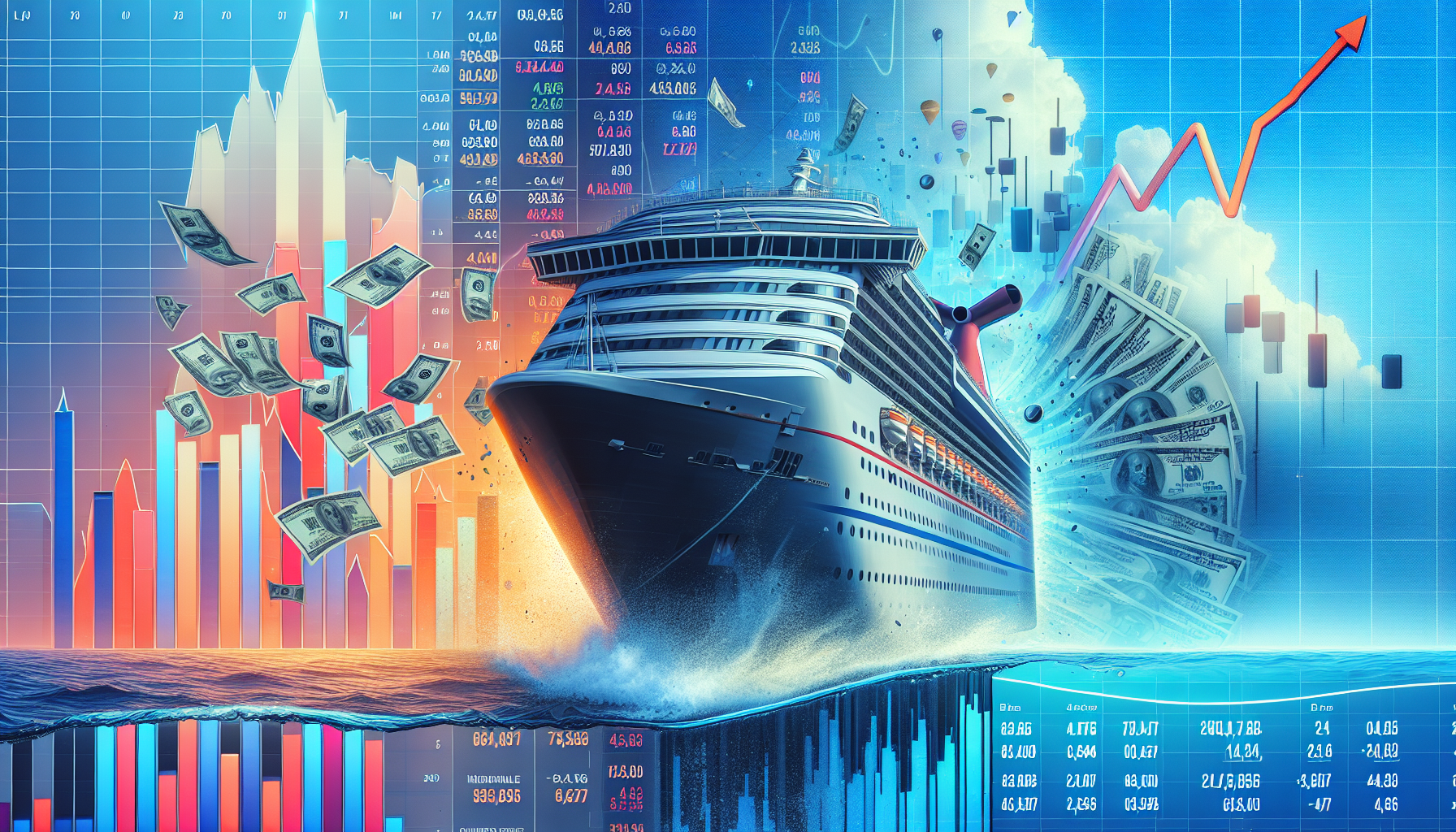
tl;dr
Carnival Corporation posted strong Q3 results with EPS and revenue beating estimates, but its stock fell sharply as investors reacted to below-expectations yield forecasts and profit-taking after a 23% YTD rally, highlighting sector-wide uncertainty.
Carnival Corporation, the world’s largest cruise operator, reported robust third-quarter results and lifted its full-year outlook, yet its stock declined sharply on Monday, reflecting a complex interplay of optimism and caution among investors. The company’s adjusted earnings per share (EPS) of $1.43 exceeded analysts’ expectations of $1.32, while revenue reached $8.15 billion, surpassing the projected $8.11 billion. Despite these positive numbers, Carnival shares fell nearly 4% in late trading, a move that puzzled some market observers. Rival Norwegian Cruise Line Holdings (NCLH) also saw its stock dip, suggesting broader concerns within the sector.
The divergence between Carnival’s strong financials and its stock performance can be attributed to several factors. While the company cited record net income and revenues for the third quarter, with net yields rising 4.6% year-over-year, its forecast for 2025 net yields—projected at 5.3%—fell short of the 5.79% analysts had anticipated. Net yields, which measure revenue per cruise day after accounting for commissions and costs, are a critical metric for assessing pricing power and operational efficiency. This shortfall, combined with a 23% rally in Carnival’s stock year-to-date, may have prompted investors to lock in gains, leading to the sell-off.
Carnival’s CEO, Josh Weinstein, highlighted the strength of booking trends, noting that “nearly half of 2026 is already booked,” with volumes outpacing capacity growth. However, he acknowledged that pricing remains a challenge, as the company operates at “historical high prices” in its North America and Europe segments. The company’s updated full-year guidance reflects confidence in its ability to navigate these pressures, with adjusted net income now expected to surge nearly 55% compared to 2024—$235 million higher than its June forecast. Adjusted EBITDA is projected to reach $7.05 billion, a 15% increase from 2024.
Analysts pointed to Carnival’s improved pricing power and cost management as key drivers of its outperformance. Citi analysts noted that the company’s “EBITDA outperformance” during the quarter was “a function of significantly better pricing power and better cost performance.” However, the gap between Carnival’s yield projections and analyst estimates underscores lingering doubts about the sustainability of its recovery.
The cruise industry serves as a barometer for discretionary spending, a sector that has shown resilience amid broader economic uncertainty. With consumers demonstrating a willingness to splurge on leisure travel, Carnival’s strong bookings—described by Weinstein as “far outpacing capacity growth”—signal confidence in the sector’s rebound. Yet, the stock’s reaction highlights the market’s sensitivity to even minor deviations from expectations, particularly in a year where Carnival’s shares have already seen substantial gains.
As the industry looks ahead, the balance between rising prices, demand dynamics, and macroeconomic headwinds will remain critical. For now, Carnival’s ability to maintain momentum despite the stock decline will be a key test of its long-term prospects.